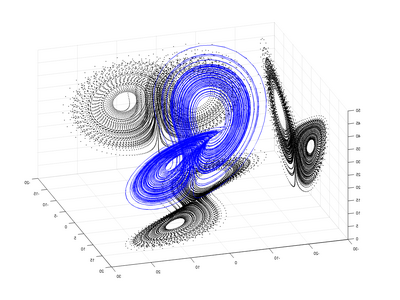11
2012
What is an Object Oriented Database?
Working with complex information in large volumes requires more than just pen and paper. If you’re company handles information that measures well into the terabyte region, you may want to rely on a database management system that can go side-by-side with the demand of your business, both in reliability and in efficiency. If you want to have that and more, you may want to look more into the Object Database Management System.
ODBMS Defined
Object Database Management System is a kind of system that models and creates data into objects for retrieval and processing purposes. It is a product of integrating an object database with object programming languages. Every object in an ODBMS has its independent function or role to perform. This allows ODBMS to run multiple applications and, at the same time, cut the time spent on retrieving information and doing other functions.

Think about this for a second. In a car manufacturing company, each person has his own role to play. One does the chassis, while other takes care of the bolts. Meaning, one person (an object) deals with one aspect, while another person (another object) deals with another issue. This allows the plant manager (the OBDMS) to put all the processes together faster because it is already processed independently. True, the plant manager can build the car on his own, i.e., he puts all the bolts and welds the chassis etc., but it would have cost him more time and definitely more resources. The same process is employed by the OBDMS, which saves time and resources for other purposes.
One of the main features of an OBDMS is the use of a different type of query language and the use of both declarative as well navigational query systems. This feature has been deemed useful in accessing data faster because data can be retrieved directly without the need for joins as opposed to the tabular form used in relational databases.
ODBMS – Advantage and Disadvantages
There are certain benefits and disadvantages when one use the ODBMS technology. First off, using ODBMS is relatively simpler because you use and type less codes. This is because, unlike RDBMS which uses mostly SQL, ODBMS uses other programming languages like Java and C++. This means you don’t have to translate anything to sub-languages. Moreover, you can store complex data structures directly in an ODBMS without the hassles and the headaches that comes with translating complex data structures.
Another advantage of ODBMS compared to RDBMS is its speed. The programmer need not be terrorized by complex data because ODBMS allows users to use complex data directly off the disk. It is because, unlike RDBMS, data used in ODBMS is already in the format that programming languages like C++ and Java use. Depending on the complexity of the data structure you use, the omission of data translation from the system equation means less time spent on managing your system.
Of course, there are disadvantage to using ODBMS. First off, the system is completely different from RDBMS, and many programmers do not understand ODBMS. This means that it would cost you or your company more to train people to understand the system.
Another disadvantage is that more applications are built on existing RDBMS, which makes it hard if not impossible to move off to ODBMS. This could mean lesser interoperability that many take for granted with an RDBMS.
Further readings
Advertisements
Recent Posts
- What is a Disaster Recovery Data Center
- What is a Relational Database?
- What is a Flat File Database?
- What is a DSN or Database Source Name?
- What is a Disaster Recovery Plan?
- What is an Open Source Database?
- What is Disaster Recovery?
- What is a Database Cluster?
- What are Database Servers?
- What are Database Forms?
Random Posts
- Where to Get Disaster Recovery Training
- Installing your first WordPress script
- Disaster Recovery Solutions
- What is a Stored Procedure?
- What is a Web Database?
- High Availability Architecture
- What is Database Encryption?
- What is a Flat File Database?
- What is Database Normalization?
- Database Software Options

 An article by
An article by 




